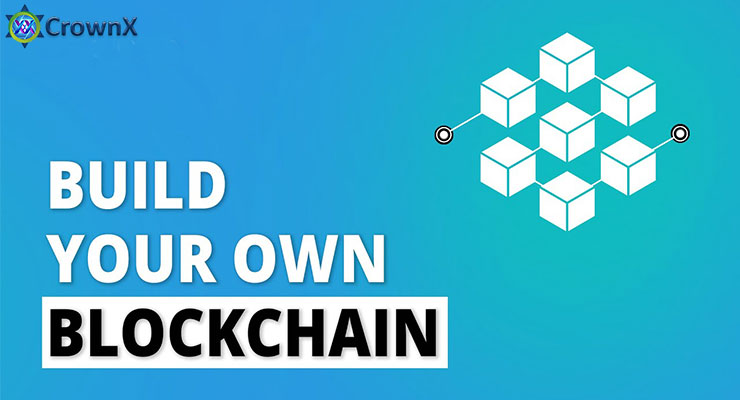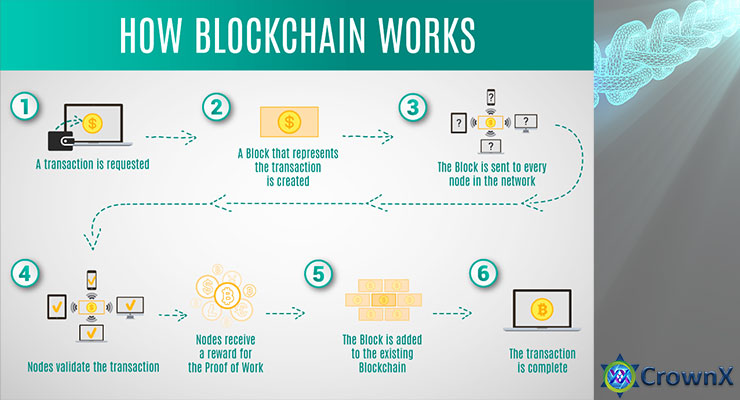
Creating your own blockchain is an ambitious undertaking that empowers you to craft a decentralized, secure, and transparent digital ecosystem. This guide will walk you through the essential steps to bring your blockchain vision to life:
1. Define Your Objectives:
Clearly articulate the purpose of your blockchain. Identify the problems you aim to solve or the unique features you want to introduce. Whether it's for a specific industry, supply chain, or digital asset, having a clear vision is crucial.
2. Choose a Consensus Mechanism:
Select a consensus algorithm that aligns with your blockchain's goals. Popular options include Proof of Work (PoW), Proof of Stake (PoS), and Delegated Proof of Stake (DPoS). This mechanism ensures agreement among network participants.
3. Design Data Structures:
Plan the structure of your blockchain's data, including how transactions will be stored within blocks. Define cryptographic hash functions for securing data integrity.
4. Develop the Blockchain:
Write the code for your blockchain using a programming language like Python, JavaScript, or Solidity. Create the core components, including blocks, transactions, and the consensus mechanism. Implement rules for validation and data storage.
5. Establish Network Nodes:
Set up the network by creating multiple nodes that will maintain the blockchain. Nodes communicate with each other, validate transactions, and reach consensus.
6. Implement Consensus Protocol:
Code the consensus mechanism you selected in Step 2. This ensures that all nodes agree on the state of the blockchain and the validity of transactions.
7. Create a User Interface (Optional):
Develop a user interface or application that allows users to interact with your blockchain. This can include features like wallet management, transaction history, and smart contract execution.
8. Test and Debug:
Rigorously test your blockchain for security vulnerabilities, scalability, and overall functionality. Identify and fix any bugs or issues that arise during testing.
9. Deploy the Blockchain:
Launch your blockchain network by deploying it to a server or cloud platform. Configure network parameters and ensure that nodes can communicate and synchronize data.
10. Encourage Node Participation:
Invite others to join your blockchain network by setting up additional nodes. A decentralized network relies on active participation to maintain security and consensus.
11. Document Your Blockchain:
Create comprehensive documentation that explains how your blockchain works, its architecture, consensus rules, and any user interfaces or applications you've developed.
12. Continuously Improve and Update:
As your blockchain evolves, gather feedback from users and the community. Implement updates, enhancements, and new features to ensure your blockchain remains relevant and effective.
Creating your own blockchain is a complex yet rewarding journey that requires dedication, technical skills, and a commitment to innovation. By following these steps and embracing the spirit of continuous improvement, you can contribute to the ever-expanding landscape of blockchain technology.
